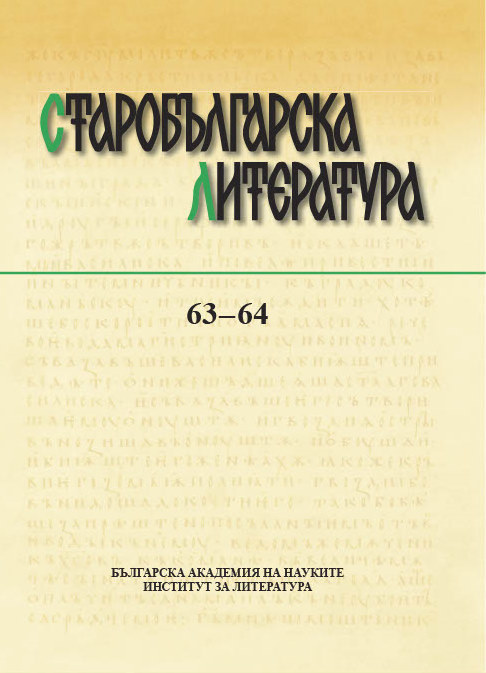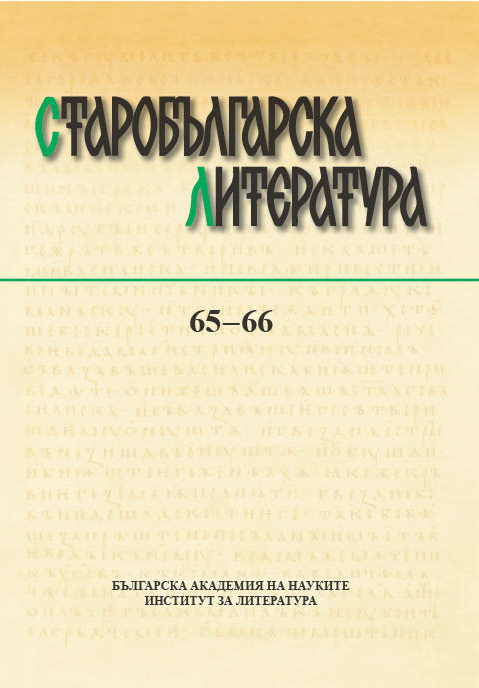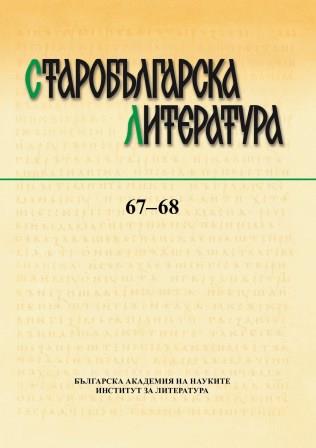
Извън границите на средновековното общество
Recently, the question of shaping identity and the perception of “the other” (by this term are commonly embraced not only foreigners, but also individuals, social groups and minorities, characterised by a certain degree of abnormality, marginality and exclusion) has become an increasingly popular topic for the researchers of the Middle Ages. This paper seeks to present translations of some Slavonic texts included in the so-called Nomokanon of Pseudo-Zonaras, a canon-law compilation from the beginning of the fourteenth century, that change, through the imposition of penances, the social status of groups and individuals, placing them in a marginal, intermediate, isolated position. The study shows that heretics and members of other religions such as Latins, Armenians, Jews, Muslims most clearly stand out as a group that could be defined as “the others”. Unambiguous and strictly regulated red lines were drawn between them and the Orthodox Christians that should not be violated, since those, who crossed them, were othered, marginalised, seen as outsiders to society. These were conditioned by rules that can be divided thematically into three groups: 1) applying to those who accept another’s faith, 2) relating to food prohibitions, and 3) governing mixed-faith marriages.
More...

